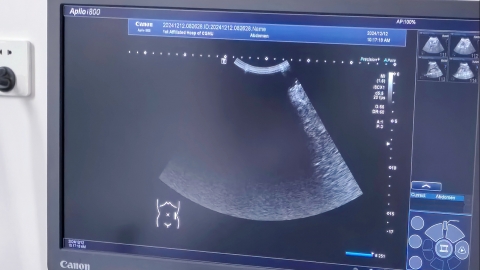Can a B-ultrasound examination confirm the diagnosis of mumps?
Under normal circumstances, ultrasound examination cannot be used alone as the basis for definitively diagnosing mumps, but it can serve as an important tool for auxiliary diagnosis. The detailed analysis is as follows:

Ultrasound examination cannot independently confirm mumps because different types of mumps may present similar imaging findings on ultrasound, making it difficult to distinguish underlying causes based on ultrasound alone. Additionally, in some early cases of mumps with atypical symptoms, characteristic changes may not be clearly visible on ultrasound, increasing the risk of misdiagnosis with other conditions affecting the parotid region, such as lymphadenitis. However, ultrasound remains a valuable method for auxiliary diagnosis, enabling direct visualization of the parotid gland's size, shape, internal echogenicity, and blood flow. It helps identify swelling, inflammatory infiltration, or abscess formation, providing essential imaging support for clinicians to make comprehensive judgments in conjunction with clinical symptoms and laboratory tests such as blood work.
Prior to undergoing an ultrasound, patients should remove any metal accessories worn around the neck to avoid interference with imaging results. During the examination, cooperate with the doctor by adjusting body position as instructed to ensure full exposure of the area being examined. If ultrasound reveals abnormalities in the parotid gland, further tests—such as complete blood count and amylase level testing—should be performed to clarify the underlying cause before initiating targeted treatment. During treatment, regular follow-up ultrasounds are recommended to monitor disease progression and evaluate therapeutic effectiveness.




